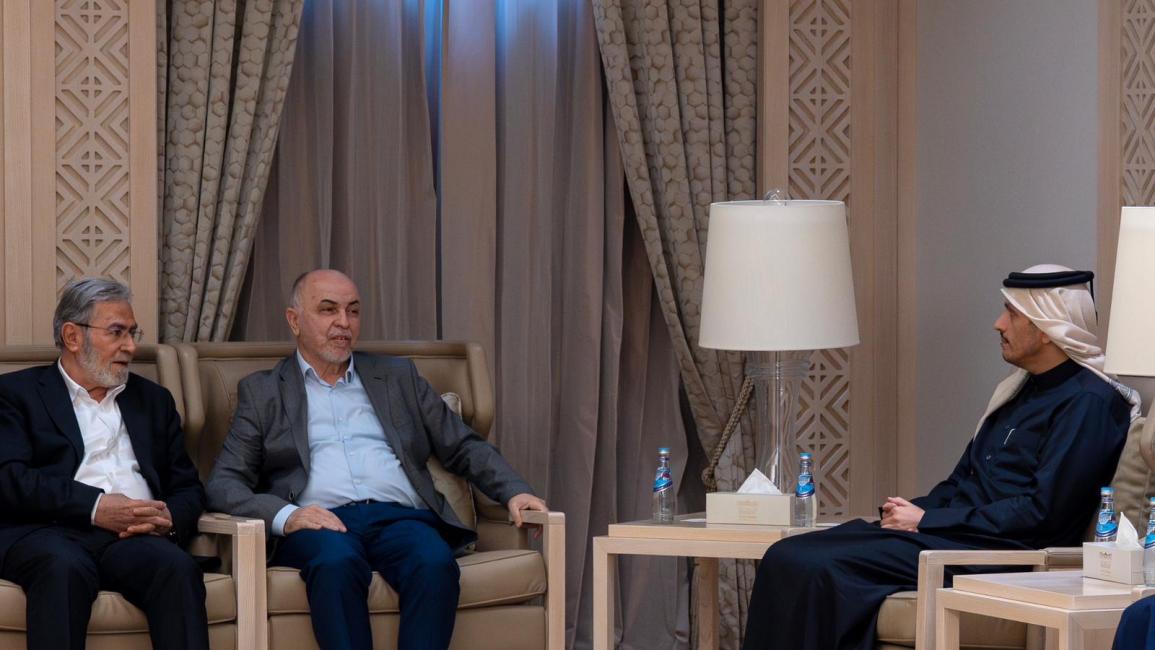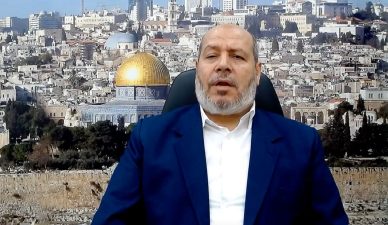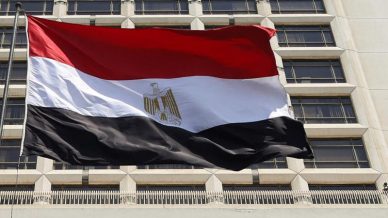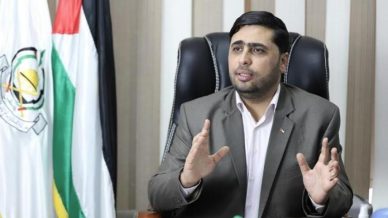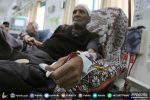DOHA, (PIC)
The Qatari Prime Minister and Minister of Foreign Affairs, Sheikh Mohammed bin Abdulrahman Al Thani, received a delegation from Palestinian factions on Sunday in Doha.
According to a statement from the Qatari Foreign Ministry, the parties reviewed the developments in the implementation of the ceasefire agreement in the Gaza Strip, which came into effect today, discussing its various aspects, particularly those related to the exchange of prisoners and detainees, the delivery of aid to the enclave, and the return of displaced persons to their areas.
The Qatari Prime Minister emphasized the necessity of ensuring the full implementation of the agreement and its continuity, aiming for sustainable peace and the desired stability in the region. He pointed out Qatar’s ongoing support for the people of Gaza through the resumption of an airbridge for aid delivery to the Strip, in accordance with what has been agreed upon, reiterating Qatar’s firm stance on the justice of the Palestinian cause, the legitimate rights of the Palestinian people, and the establishment of their independent state on the 1967 borders, with East Jerusalem as its capital.
On Saturday, Palestinian factions and forces held a meeting in Doha to discuss the implementation of the ceasefire agreement and the exchange of prisoners with the Israeli occupation, called by Hamas.
Mohammed Darwish, the head of the Hamas leadership council, stated that “the Al-Aqsa Flood battle and the Zionist extermination war are significant turning points in the Palestinian cause, and they should drive us towards unity to face the looming dangers to the cause,” considering this meeting a message of collective national unity. He added, “I address our brothers in Fatah and the other factions that our hands are extended for unity anytime and anywhere.”
He affirmed that the participants in the meeting seek a national unity government, and “if that proves impossible, let’s manage the Gaza Strip nationally, and let us all contribute to healing the wounds of our people and reconstruction and aid.”
He continued, “Let us prove at this moment that we are the steadfast, united, and supportive people, and we will triumph over our enemy, and we will liberate all our national soil and the blessed Al-Aqsa Mosque.”
For his part, the head of the negotiating delegation and Hamas leader, Khalil Hayya, outlined the details of the ceasefire agreement with the occupation, the mechanisms for its implementation, and the developments of the negotiation process over the past period.
The ceasefire agreement came into effect at 11:30 AM today, Sunday, amidst Israeli violations that resulted in martyrs and injuries.
The agreement consists of three phases, each lasting 42 days, and includes a halt to military operations, the withdrawal of the occupation army from populated areas in Gaza, and the opening of the Rafah crossing to increase aid deliveries.
The agreement stipulates that in the first phase, which lasts six weeks, 33 Israeli prisoners in Gaza, whether alive or deceased, will be released. In return, the occupation authorities will release 737 Palestinian detainees, and the release process will not occur before 4 PM today (14:00 GMT).
Three Israeli female prisoners will be released this evening, and 30 Palestinian prisoners will be freed for each Israeli prisoner. Details of the first day of the agreement include the withdrawal of occupation forces from residential areas, the suspension of Israeli air traffic over Gaza for 12 hours, and the start of humanitarian aid flowing into Gaza at a rate of 600 trucks daily.

